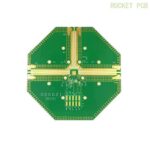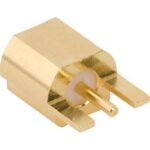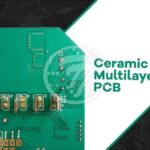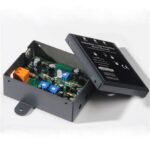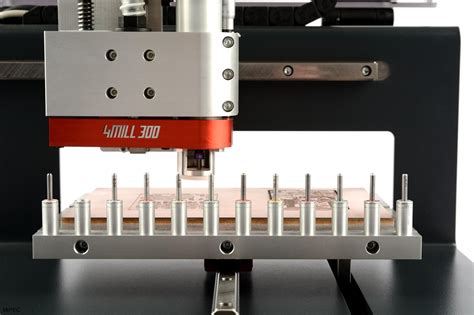
ALL ABOUT FLEX PCB
-
 Read more: Indicating slots, milling, contour and rout-outs in your PCB design.
Read more: Indicating slots, milling, contour and rout-outs in your PCB design.Introduction to PCB Machining Printed Circuit Board (PCB) machining is an essential process in the manufacturing of electronic devices. It involves the use of various techniques to create slots, milling, contours, and rout-outs in the PCB design. These features are crucial for the proper functioning and aesthetics of the final […]
-
TDR Measurements: Tests For Determining the Nature and Location of Faults in Transmission Lines
Posted by
–
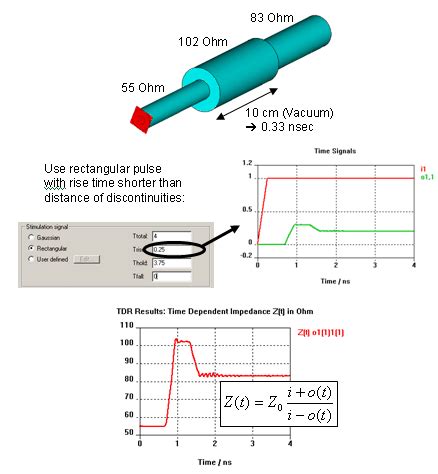 Read more: TDR Measurements: Tests For Determining the Nature and Location of Faults in Transmission Lines
Read more: TDR Measurements: Tests For Determining the Nature and Location of Faults in Transmission LinesWhat is TDR Measurement and How Does it Work? Time Domain Reflectometry (TDR) is a powerful technique used to locate and characterize faults in transmission lines. It works by sending a short pulse of energy down the line and measuring the reflections that occur when the pulse encounters a change […]
-
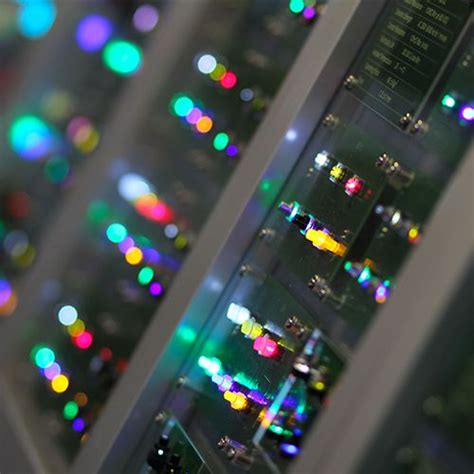 Read more: PCB Switch: A Controlling Device for Electrical Circuits
Read more: PCB Switch: A Controlling Device for Electrical CircuitsIntroduction to PCB Switches A PCB switch, short for Printed Circuit Board switch, is a crucial component in electrical circuits that allows for the control and regulation of current flow. These switches are widely used in various applications, from simple household appliances to complex industrial machinery. In this article, we […]
-
Laser Cutter Uses: Computer Numerical Control Devices for Cutting, Marking, and Engraving
Posted by
–
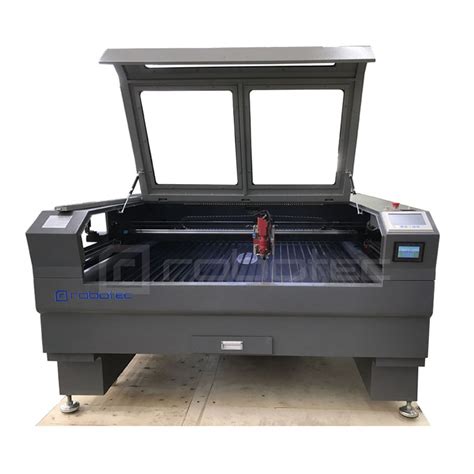 Read more: Laser Cutter Uses: Computer Numerical Control Devices for Cutting, Marking, and Engraving
Read more: Laser Cutter Uses: Computer Numerical Control Devices for Cutting, Marking, and EngravingIntroduction to Laser Cutters Laser cutters are versatile computer numerical control (CNC) devices that use high-powered lasers to cut, mark, and engrave various materials with precision and accuracy. These machines have revolutionized the manufacturing industry, allowing for faster, more efficient, and cost-effective production processes. Laser cutters find applications in a […]
-
Mylar Boards-How To Do With It
Posted by
–
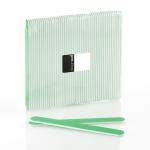 Read more: Mylar Boards-How To Do With It
Read more: Mylar Boards-How To Do With ItWhat are Mylar Boards? Mylar boards, also known as polyester film boards, are a type of synthetic material made from stretched polyethylene terephthalate (PET). This material is known for its high tensile strength, dimensional stability, and resistance to moisture, chemicals, and tearing. Mylar boards come in various thicknesses, colors, and […]
-
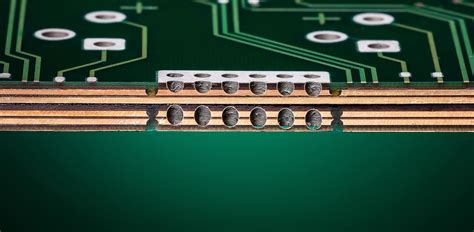 Read more: PCB Cross-Section Analysis: Technology You Want To Know
Read more: PCB Cross-Section Analysis: Technology You Want To KnowWhat is PCB Cross-Section Analysis? PCB cross-section analysis is a process that involves cutting a small portion of a printed circuit board and examining its internal structure using microscopic imaging techniques. This allows engineers to observe the various layers, components, and interconnections within the PCB, providing valuable insights into its […]
-
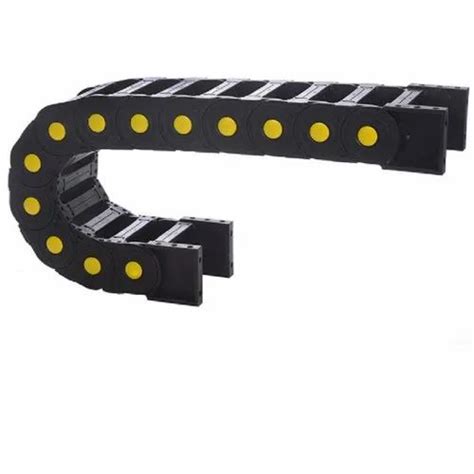 Read more: Drag Chain Cables: Protective Cable and Hose Carriers
Read more: Drag Chain Cables: Protective Cable and Hose CarriersWhat are Drag Chain Cables? Drag chain cables are specialized cable management systems designed to protect and guide cables, hoses, and other conduits in applications where there is repetitive linear motion. These systems consist of interconnected links or segments that form a continuous, flexible chain. The cables and hoses are […]
-
DIY Walkie Talkie: A Complete Step-by-Step Guide
Posted by
–
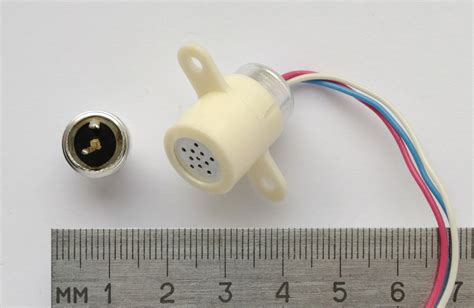 Read more: DIY Walkie Talkie: A Complete Step-by-Step Guide
Read more: DIY Walkie Talkie: A Complete Step-by-Step GuideIntroduction to Walkie-Talkies A walkie-talkie, also known as a handheld transceiver, is a portable, two-way radio that allows users to communicate wirelessly over short distances. Walkie-talkies are commonly used in various settings, such as outdoor activities, construction sites, and emergency situations. How Walkie-Talkies Work Walkie-talkies operate using radio waves to […]
-
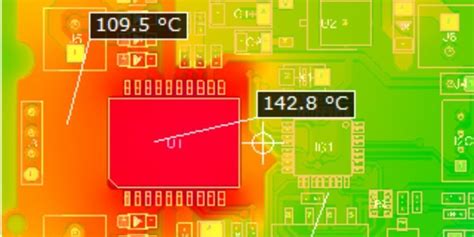 Read more: PCB Delamination: A Circuit Board Blistering Defect
Read more: PCB Delamination: A Circuit Board Blistering DefectWhat is PCB Delamination? PCB delamination refers to the separation of the layers within a printed circuit board. A PCB typically consists of multiple layers of conductive copper foil laminated together with insulating materials, such as FR-4 or polyimide. When the adhesive bond between these layers fails, it results in […]
-
nRF52832: What is and What Does it Do?
Posted by
–
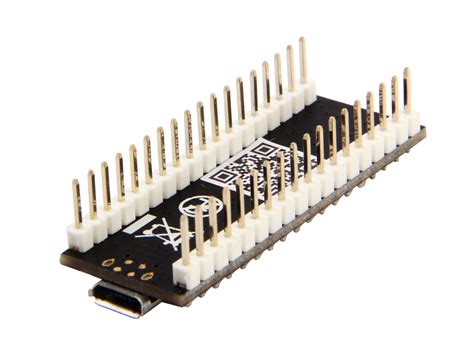 Read more: nRF52832: What is and What Does it Do?
Read more: nRF52832: What is and What Does it Do?Key Features of the nRF52832 Ultra-Low Power Consumption One of the most significant advantages of the nRF52832 is its ultra-low power consumption. The SoC is built on a 32-bit ARM Cortex-M4F processor, which operates at a maximum frequency of 64 MHz. The processor’s advanced power management system allows for efficient […]
